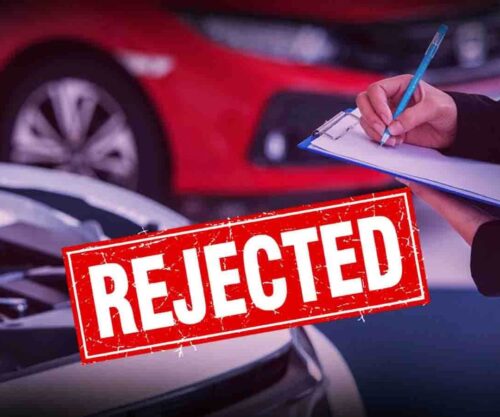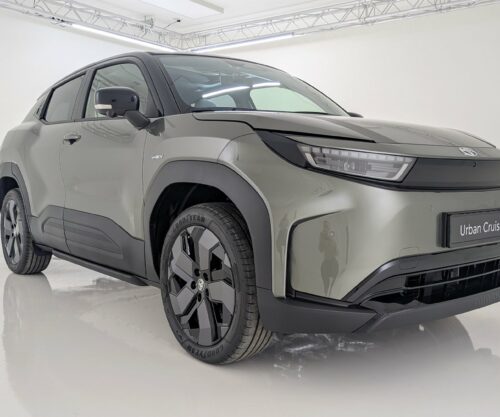
When Your Car Turns Into a Stove
Park your car under the South African sun, run errands, then come back to a cabin that feels like an oven. It happens fast. In local conditions, the interior temperature can exceed 50°C within half an hour, even if the outside “only” registers at around 22°C. That’s the greenhouse effect at play—sun hits the dashboard, seats, and surfaces; heat builds and gets trapped.
This isn’t just uncomfortable. For drivers, passengers, pets, or children, the effects can be serious: dizziness, heat exhaustion, or even worse.
Shade First, Then Everything Else
The simplest move is often the best: park in shade. If you have a garage, carport, or shaded tree—use them. No shade available? Try reverse-parking so the rear window bears the brunt of the sun rather than the windscreen.
Add a reflective sunshade for the windscreen, breathable light-coloured seat covers or towels for hot seats, and consider legal window tinting to reduce cabin heat and UV damage.
Vent That Hot Air Before Cooling
Before blasting the air-conditioning, release the scalding air trapped inside. A quick trick: roll down the rear passenger window, then open and close the driver door a few times to create airflow and push out the hot air.
For parked cars, cracking opposite windows slightly can help cross-ventilation—but only when you’re in a safe area.
Use the AC Smartly—Not Blindly
Once the cabin has vented, switch on the air-conditioning and engage the recirculation mode. This cools the air inside rather than constantly drawing in hot outside air, helping you reach a comfortable temperature faster and more efficiently.
Avoid setting the AC to full chill for long drives. Instead, aim for steady comfort. And make sure your system is serviced: filters, refrigerant, and performance all matter.
Beware the Hidden Risks
Under no circumstances should you leave children, pets, or elderly passengers in a parked car—even for a short time. Studies in 2025 show that interiors reach dangerous levels far quicker than many assume.
Also be mindful of things you leave inside: lighters, electronics, spray cans, or batteries can become hazards under extreme heat—warping, leaking, or, in rare cases, exploding.
The Heat Hits the Car Too
The summer sun doesn’t just affect the cabin—it takes a toll on the vehicle itself.
-
Tyres: Heat increases pressure and the risk of blowouts. Check them often.
-
Coolant: Ensure levels are topped up so the engine doesn’t overheat.
-
Battery: High temperatures shorten battery life and can cause failures.
-
Wipers: Rubber weakens in high heat, reducing visibility in sudden storms.
For electric vehicle owners, pre-cool the cabin while plugged in, helping both your comfort and battery life.
Stay Cool, Stay Safe
Driving comfortably through a South African summer doesn’t require expensive gadgets or complicated fixes. With smart parking, simple ventilation tricks, efficient use of the AC system, and basic maintenance, you can protect your vehicle, save your skin, and enjoy your drive rather than endure it.
When the sun’s on full blast, your preparation becomes everything. Your comfort, your safety, and your car’s health all depend on it.
Source: Joburg ETC
Featured Image: olive Mechanical Breakdown Insurance




